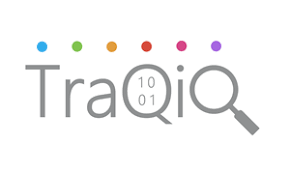Blockchain technology, like other innovative breakthroughs, is continuing to undergo a prototyping, testing and adoption phase. Aside from the attention that Blockchain and Bitcoin have received in recent years, the technology platform offers the potential for radical innovation and solving truly complex global problems.
Blockchain gained significant momentum as a technology solution for decentralized and democratized transactions. IDC suggests that Blockchain spending will grow to #12.4 billion in 2022. The technology is clearly maturing, and a lot of real-world applications are in production, including at companies like Uber.
There are also tremendous opportunities in the world of real estate. In cities like Paris and Manhattan, where condos cost several million dollars, there are tokenization projects that run into the hundreds of millions of dollars. This allows someone with a few dollars to own a small piece of Manhattan. This has implications for the entire asset management industry.
So, why would blockchain fail?
Blockchain projects are not really failing. Progress is slower than many other technological innovations. There is a significant lack of technical training. There are also issues with the general lack of cyber hygiene.
In most technology organizations, a successful Blockchain deployment needs substantial change in the legacy systems. The classic architecture models won’t necessarily work. The way Blockchain succeeds is in redefining some of the relationships between the stakeholders. This lack of vision and understanding plagues many blockchain projects.
For this, a clear organizational vision and deep technical and strategic understanding of where blockchain is fit for purpose can go a long way.
The billions lost in cryptocurrency due to deliberate, inadvertent or fraudulent loss of private keys is another example of this problem.
For now, Blockchain needs to move to the background. As the shine wears off, it is likely that the true power of the platform will emerge. We will see path-breaking and disruptive use cases – most that have not been created yet. They will need to plug into or bring along the legacy systems, especially in larger companies where there is a significant investment in legacy systems.
TraQiQ has begun the process of moving the core platform for supply chain to Blockchain. As the company moves to leverage the power of transactions on this platform, it is likely that the Digital Currency component will play a significant role in fulfilling these transactions.



